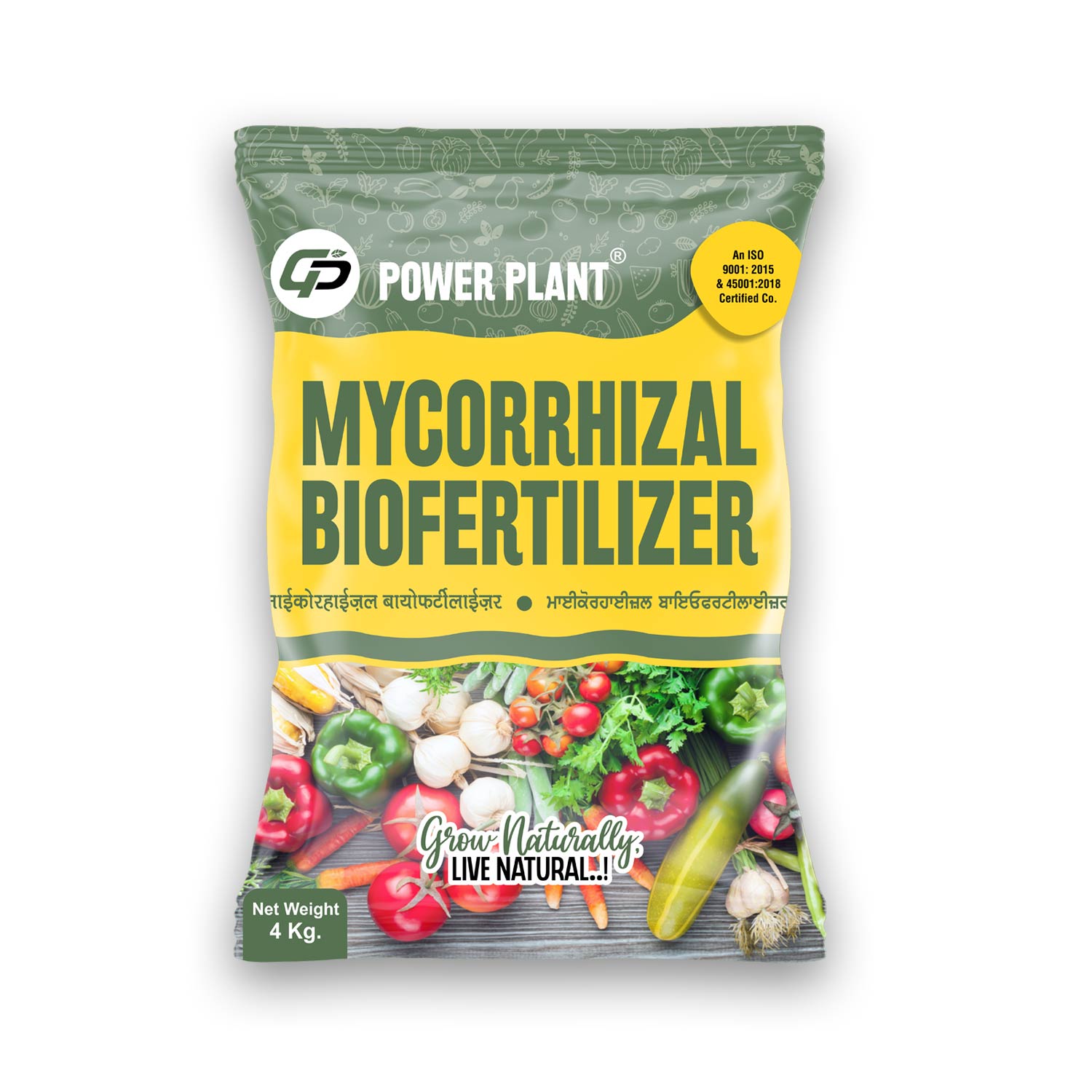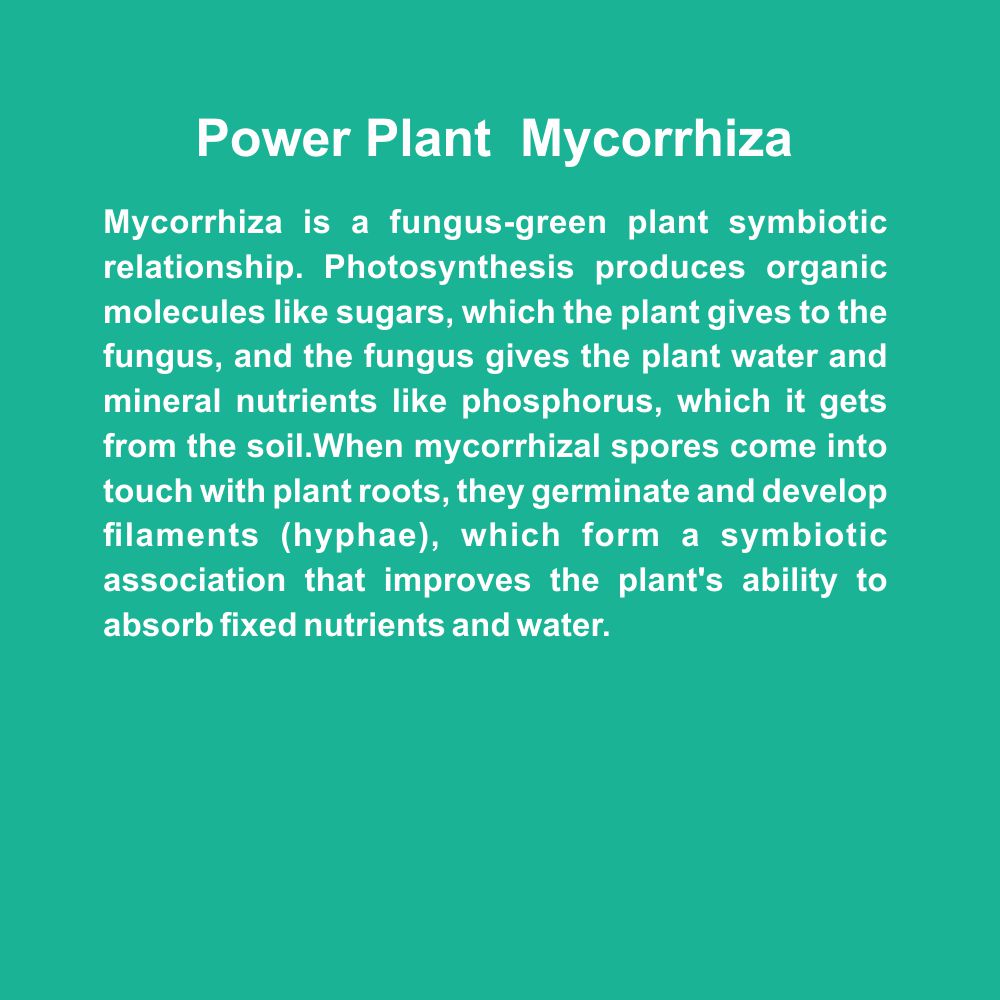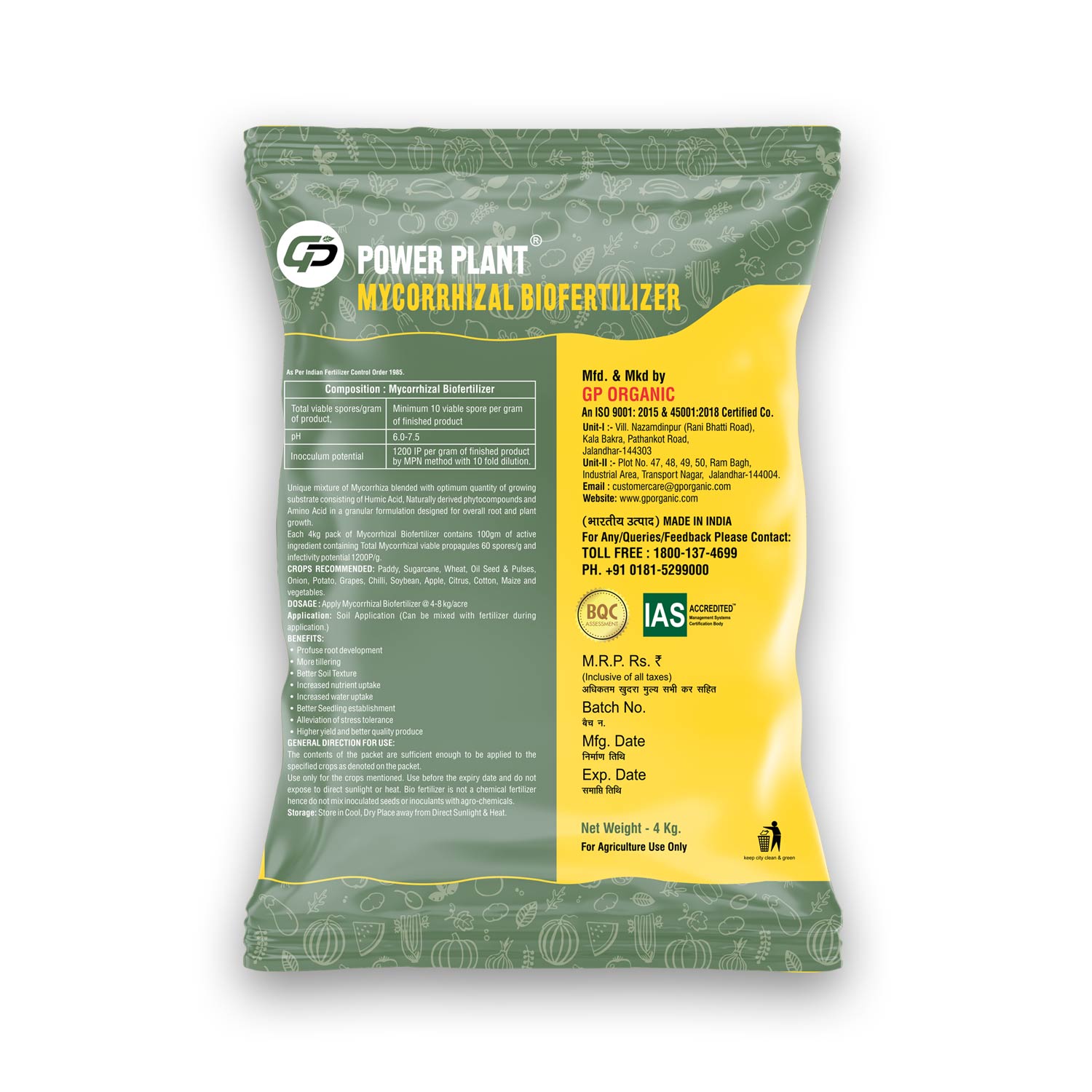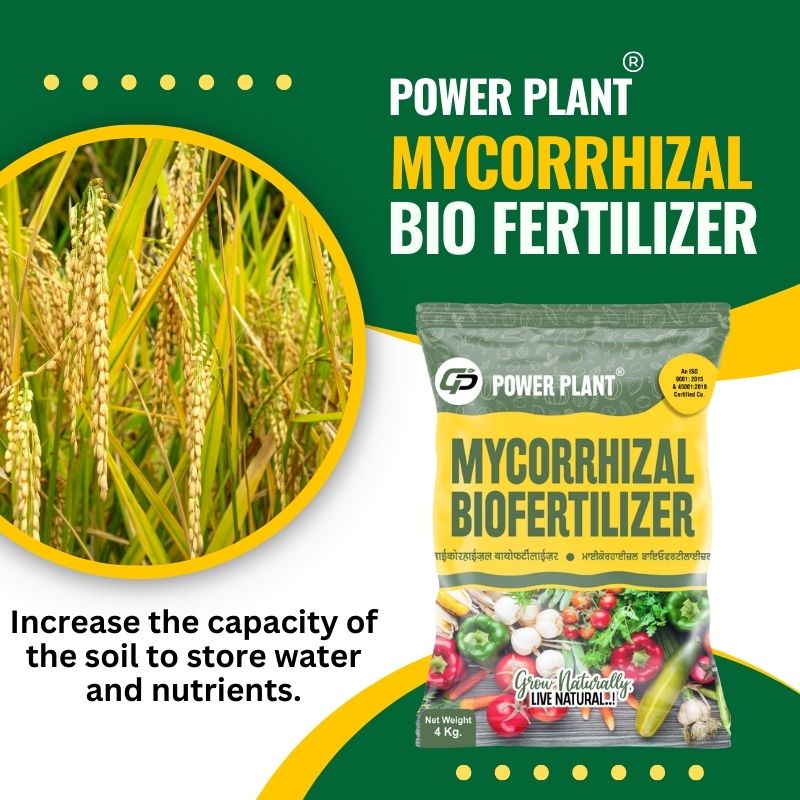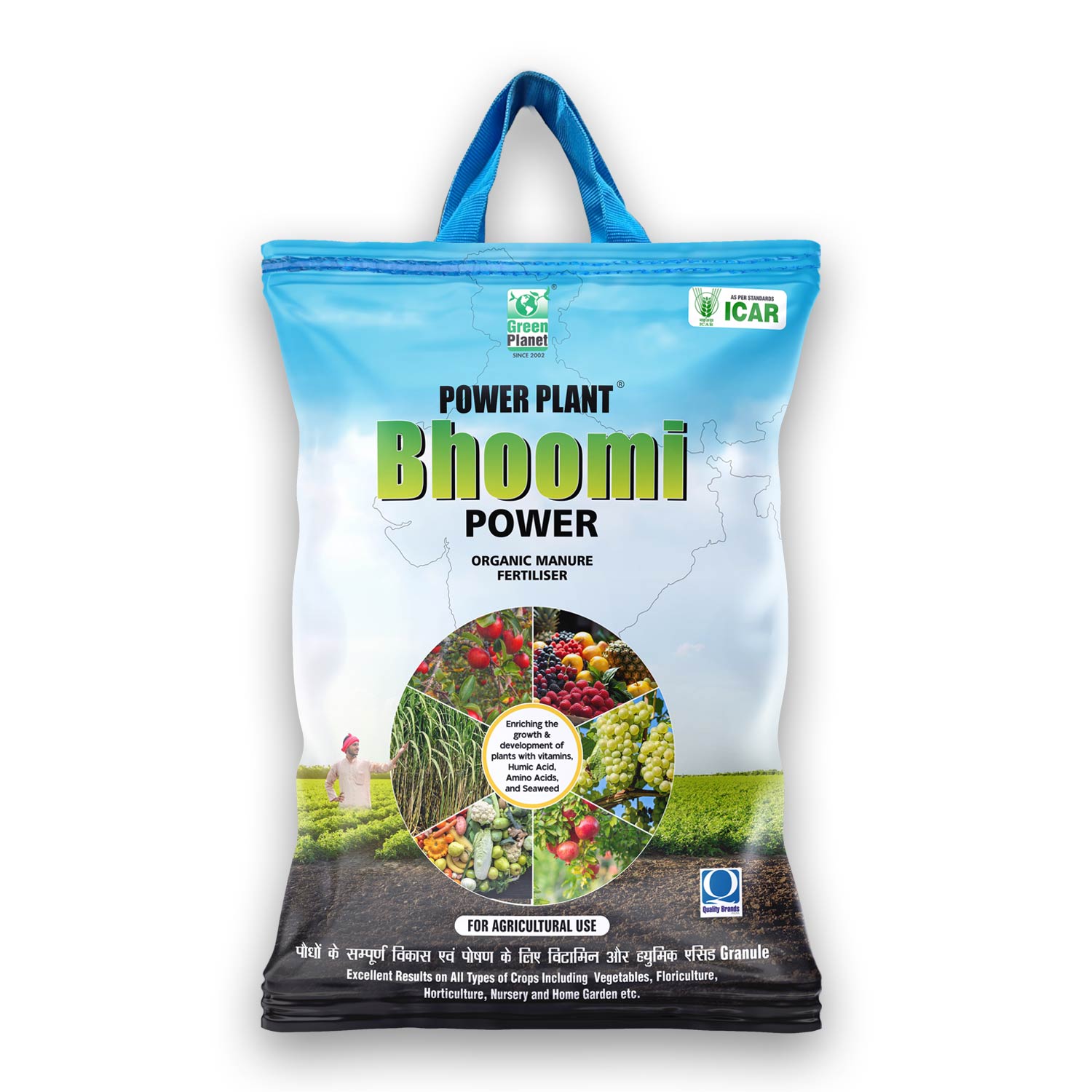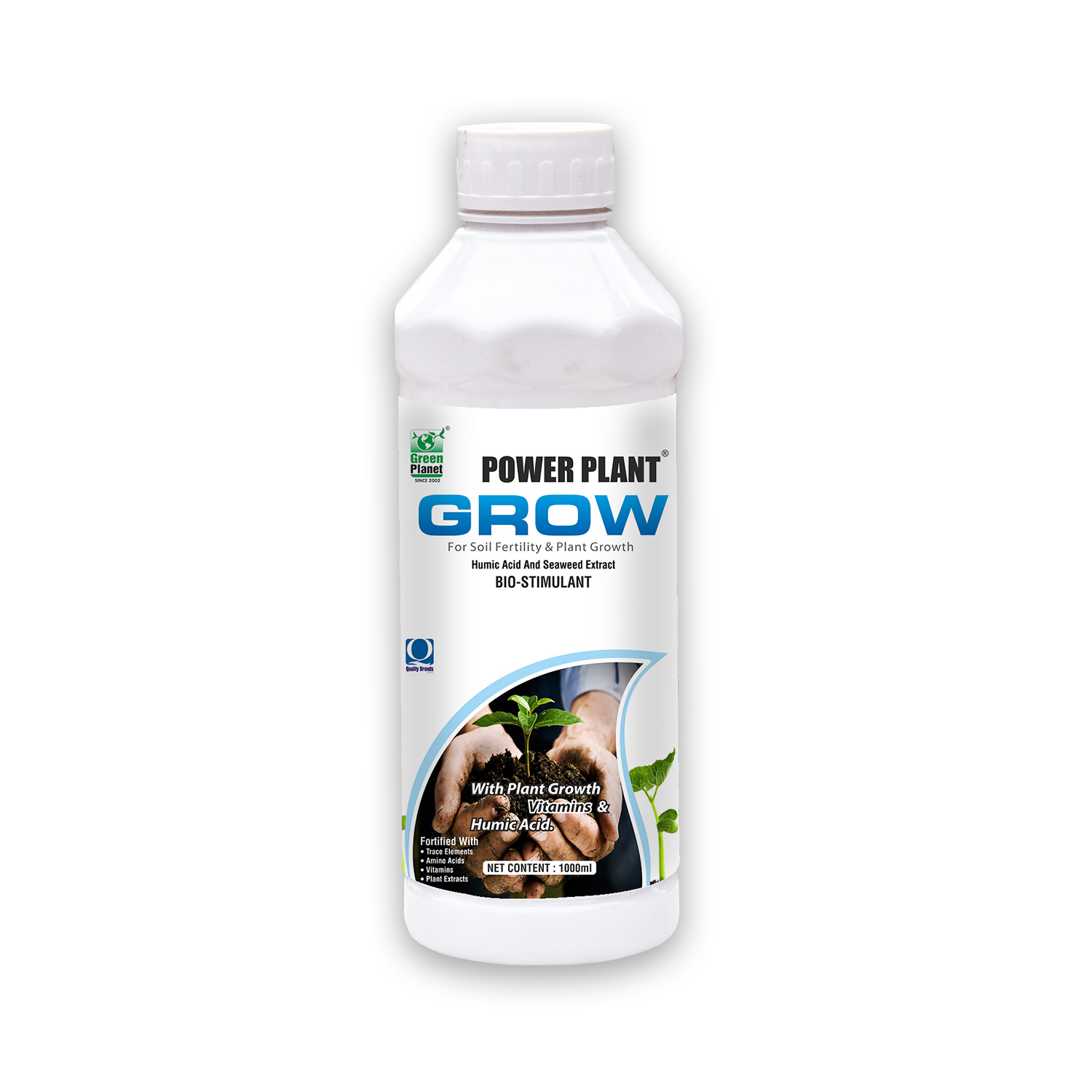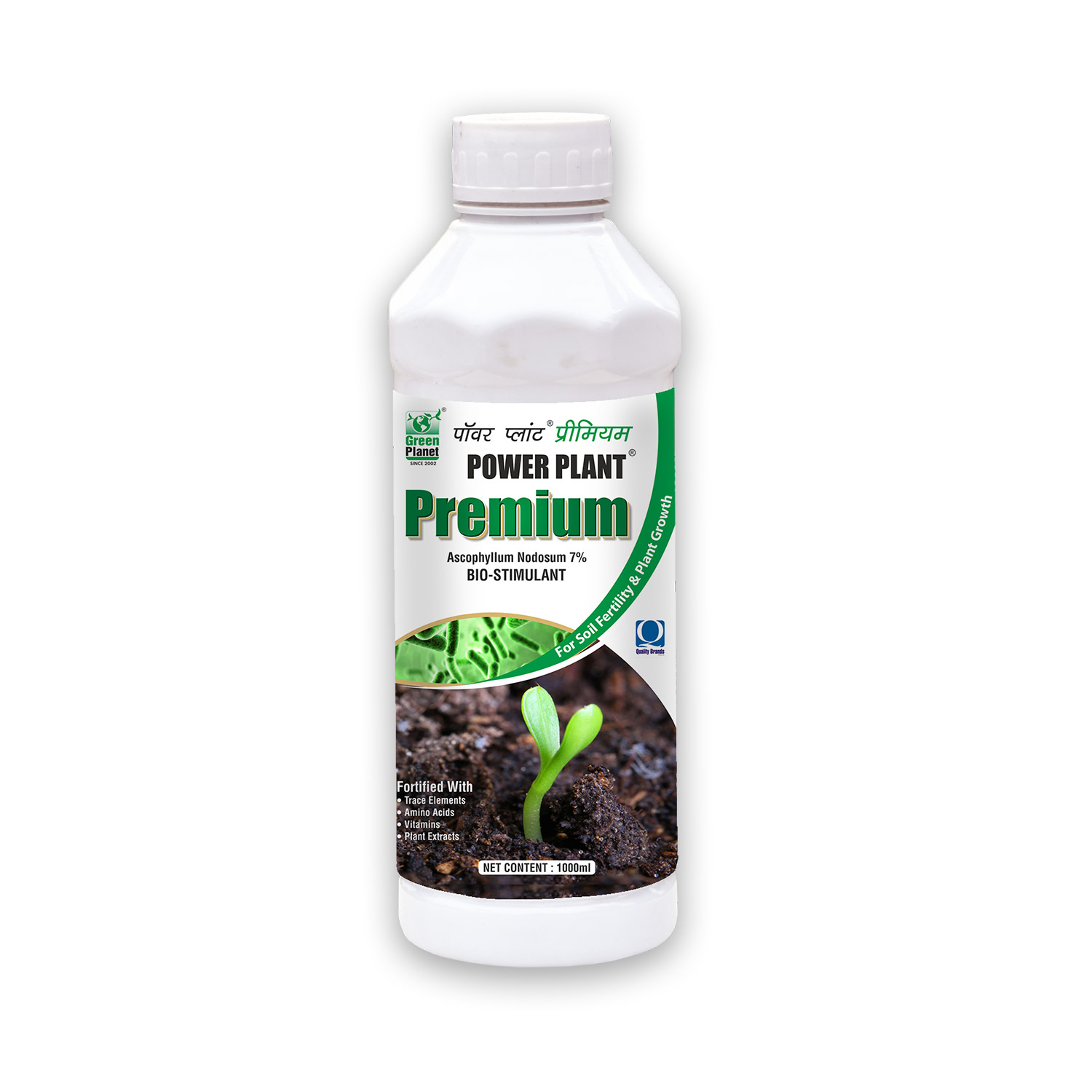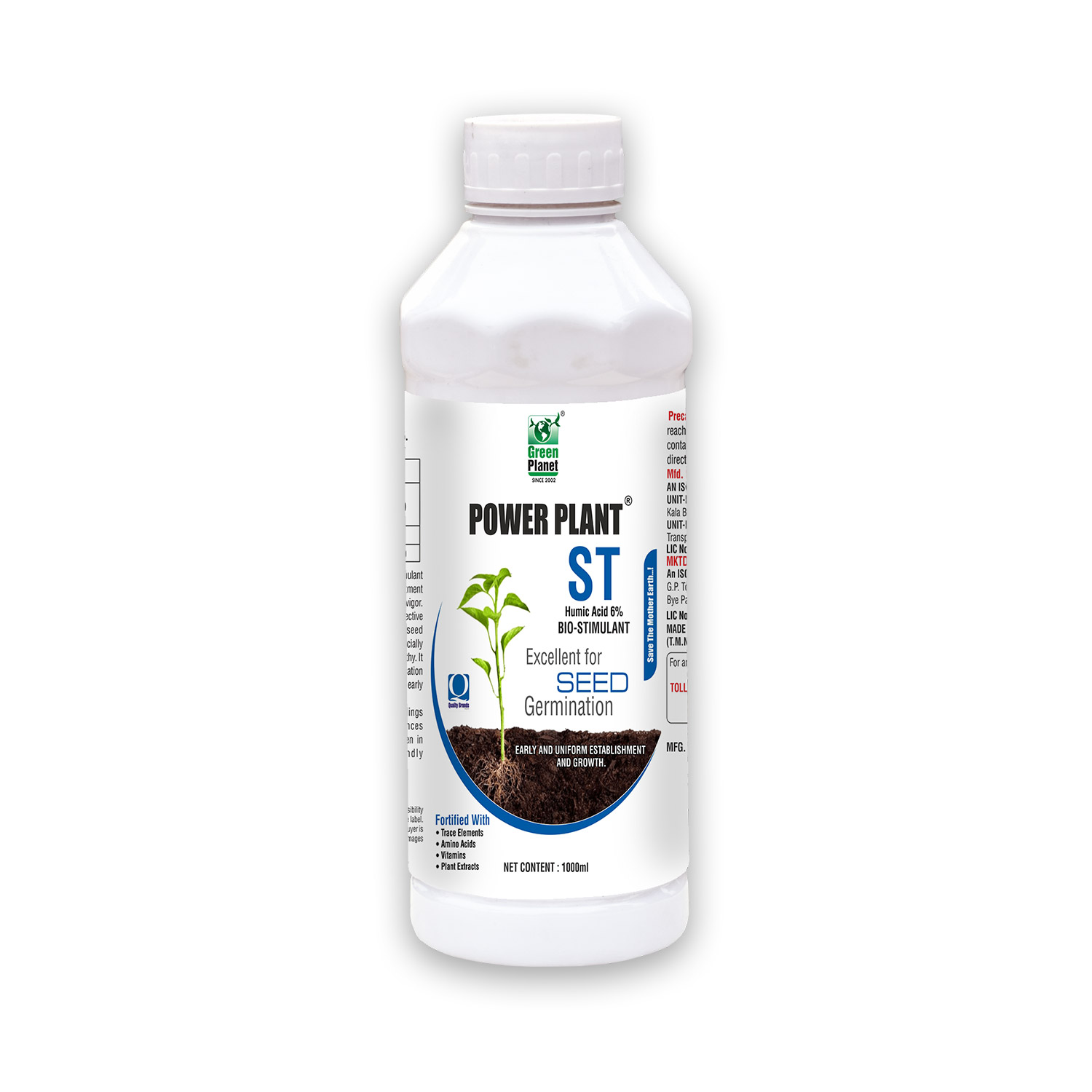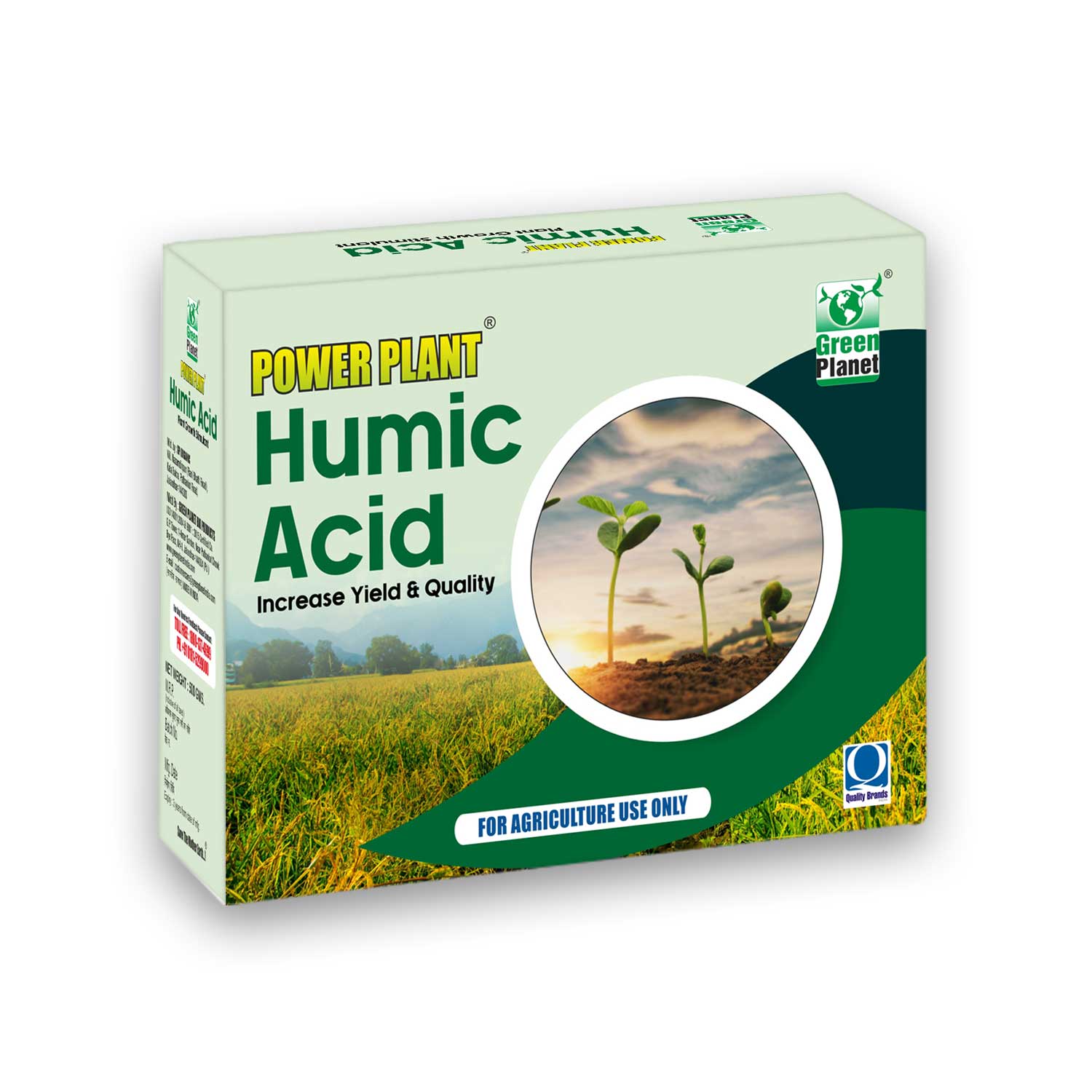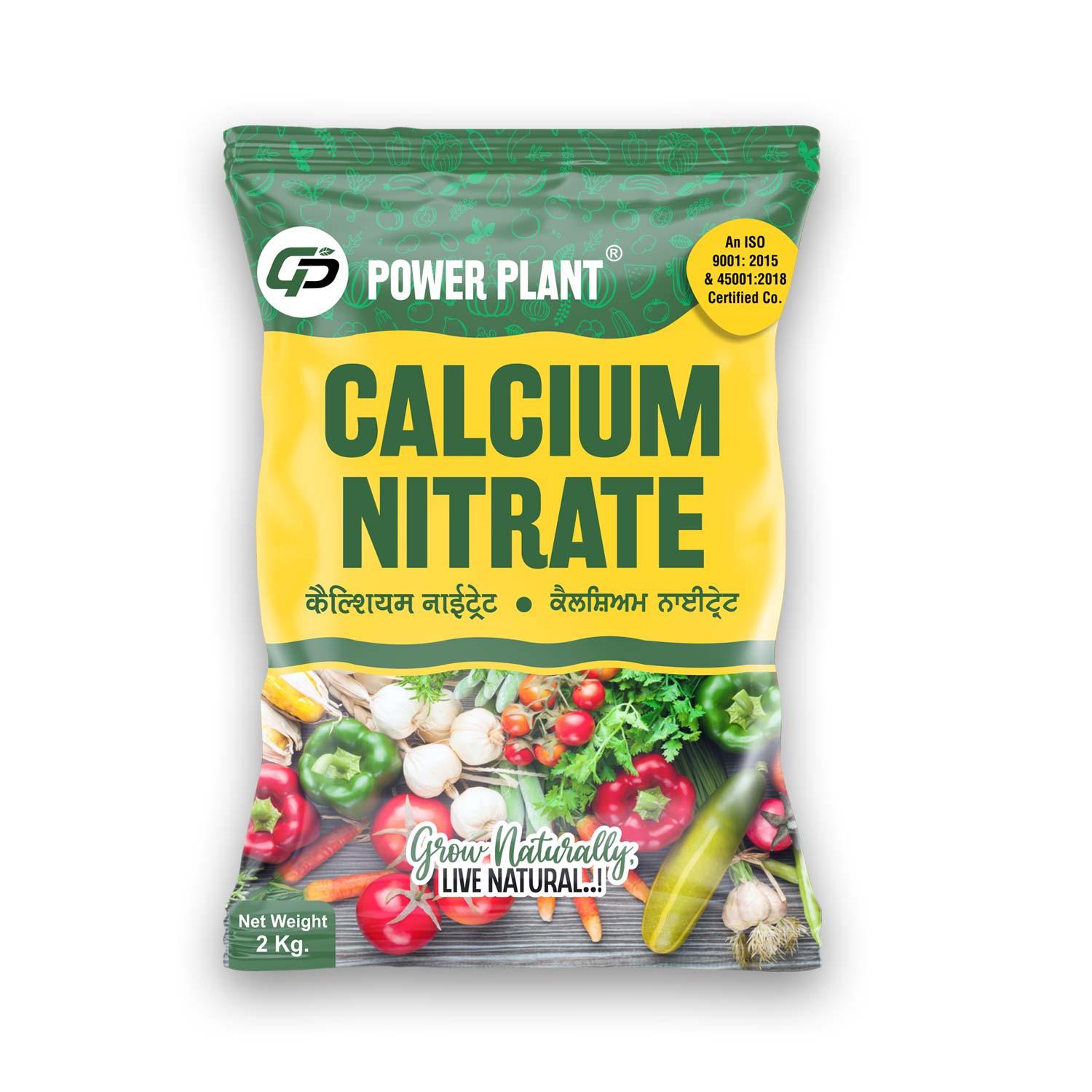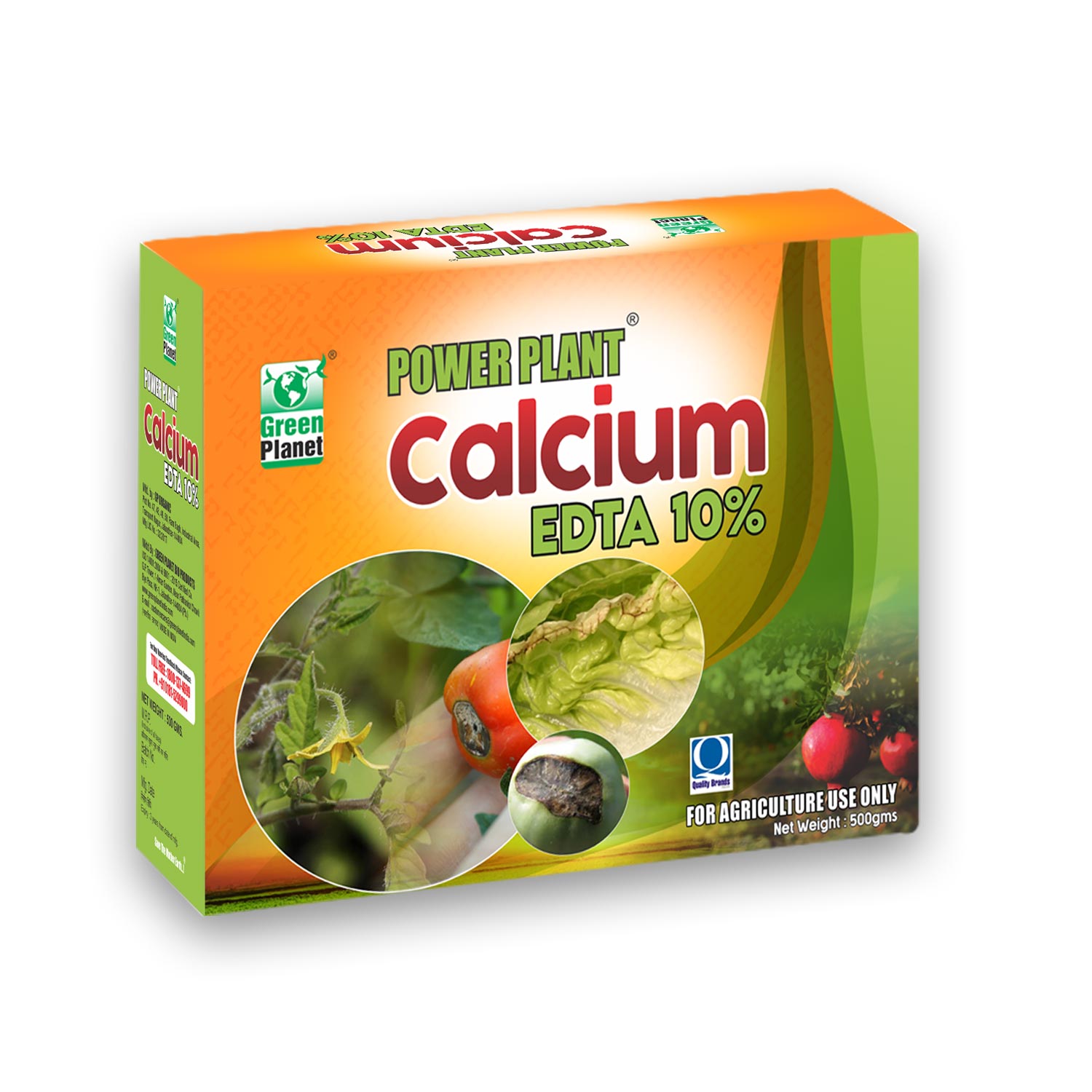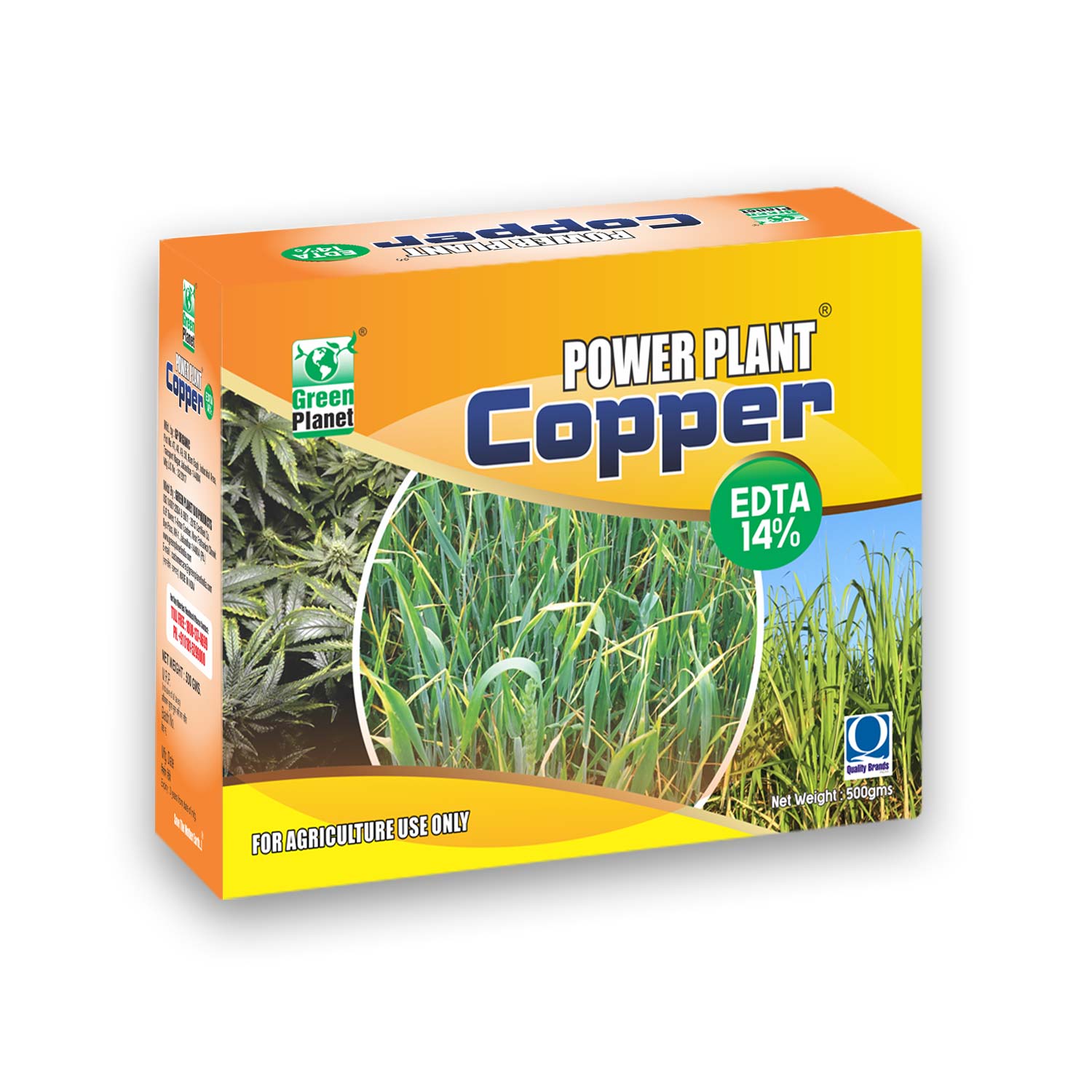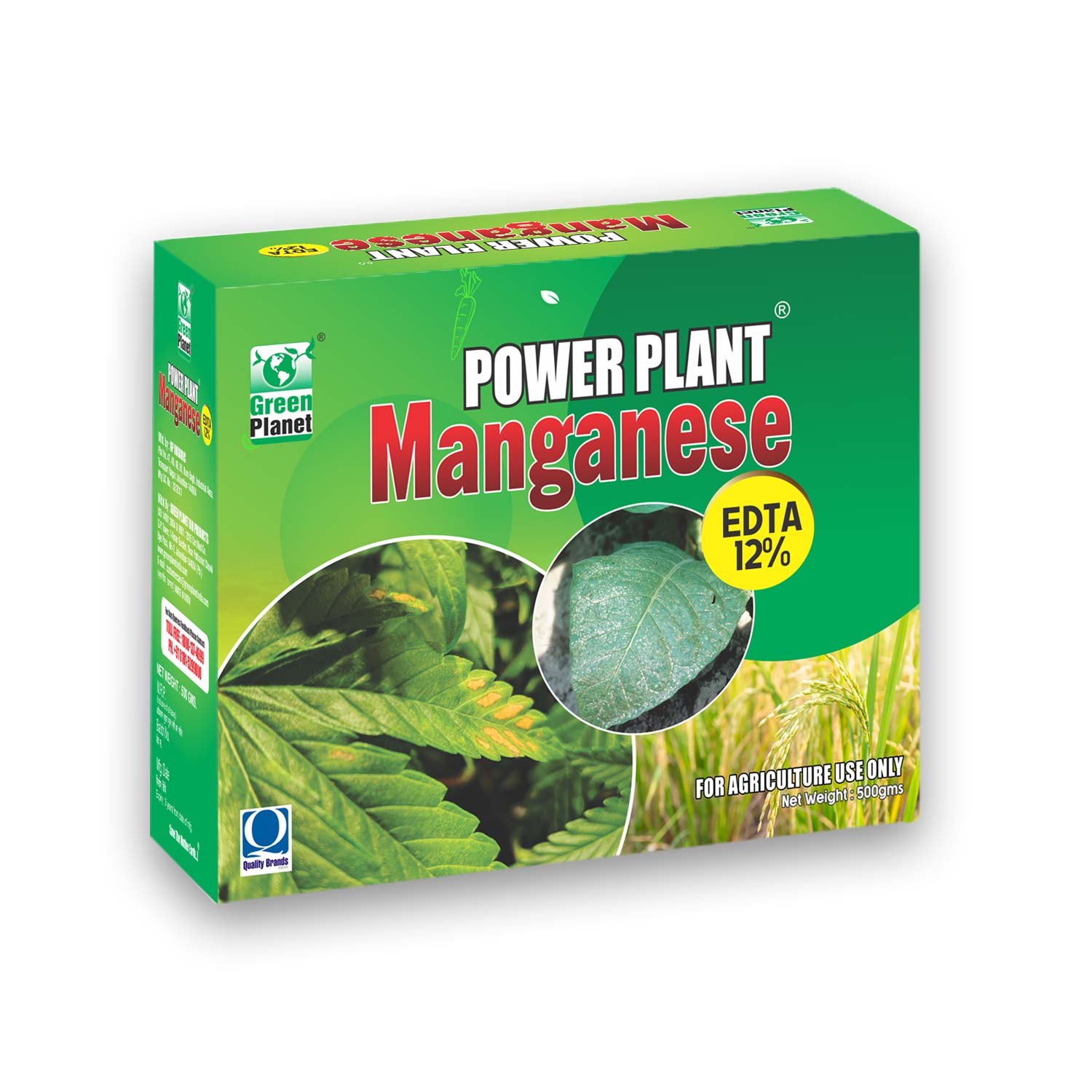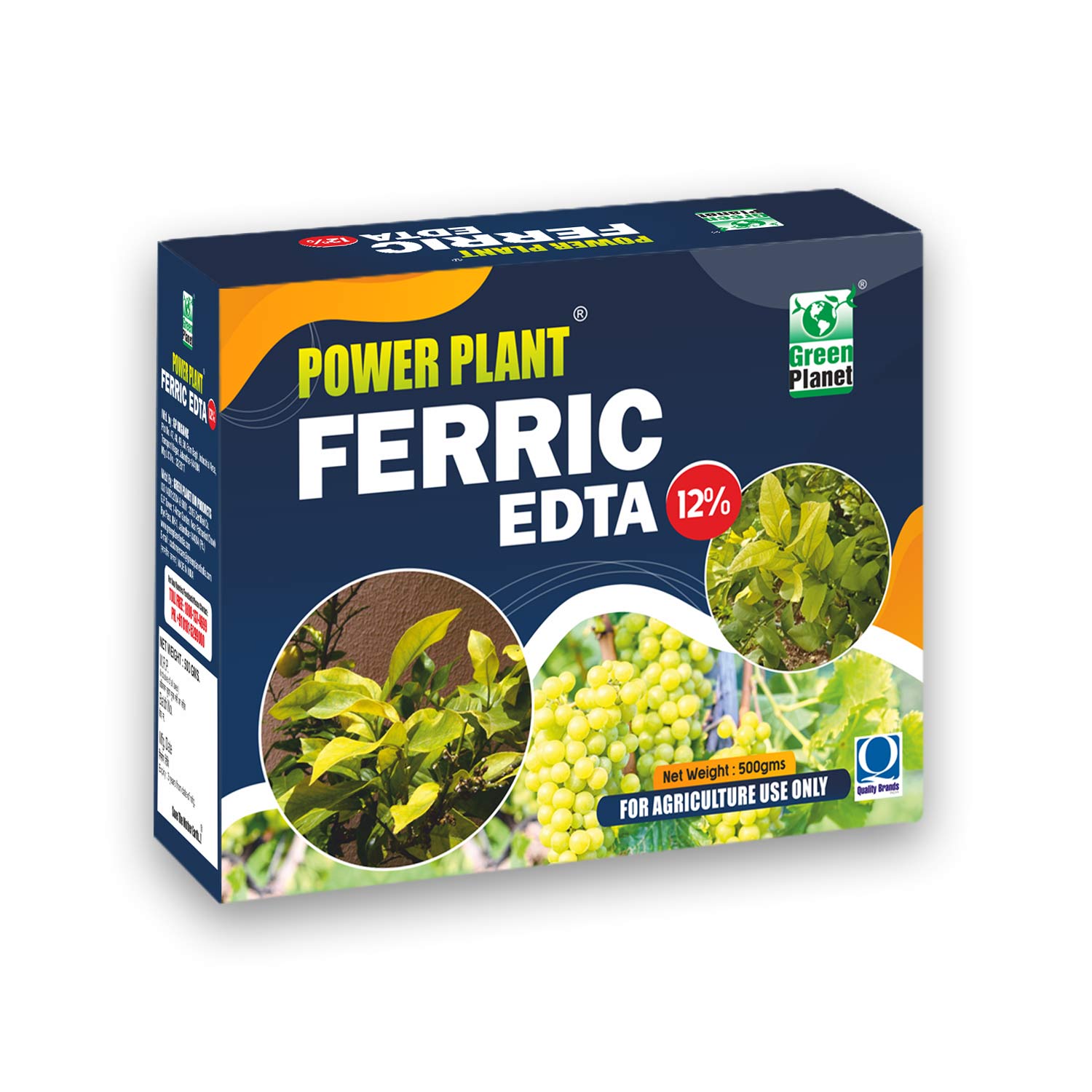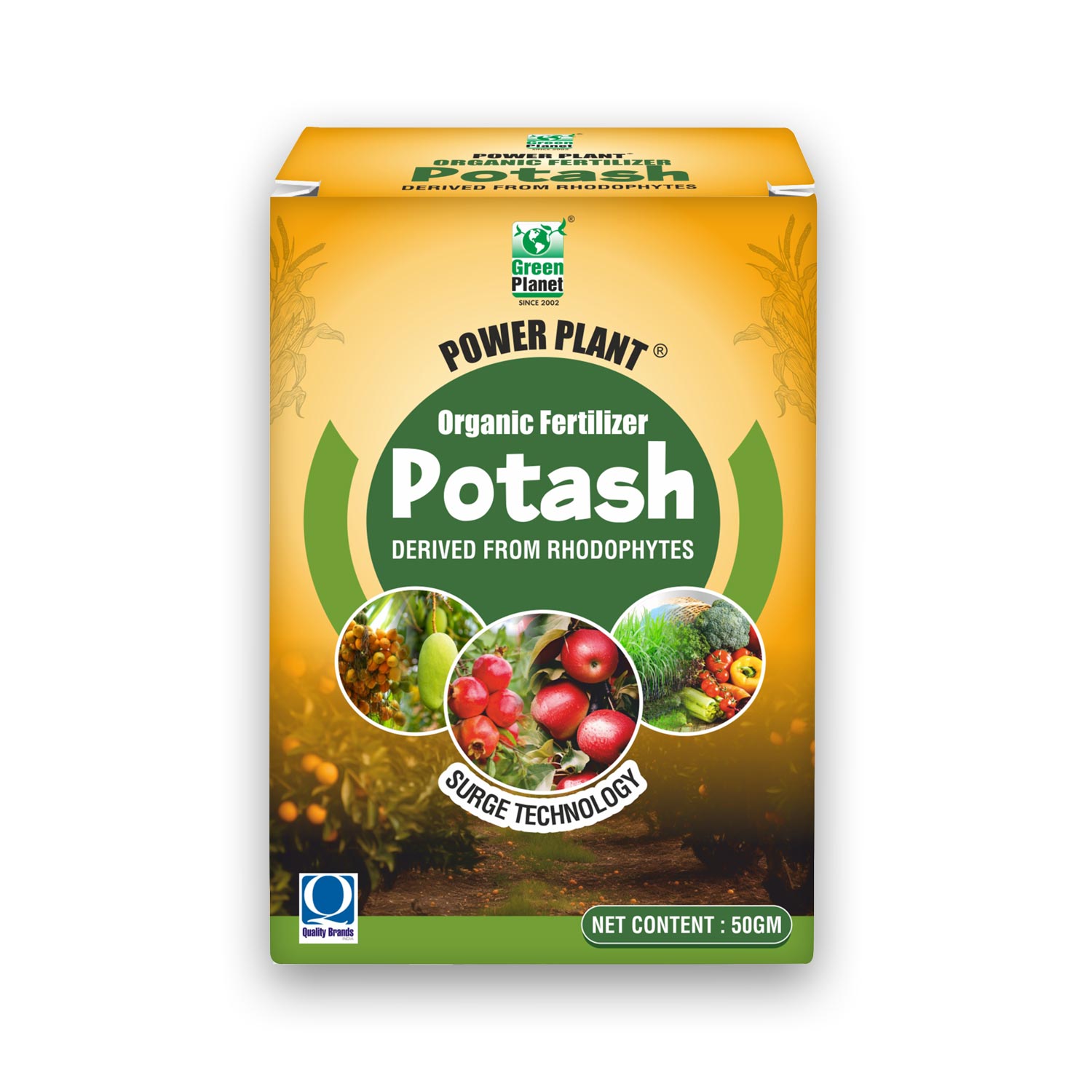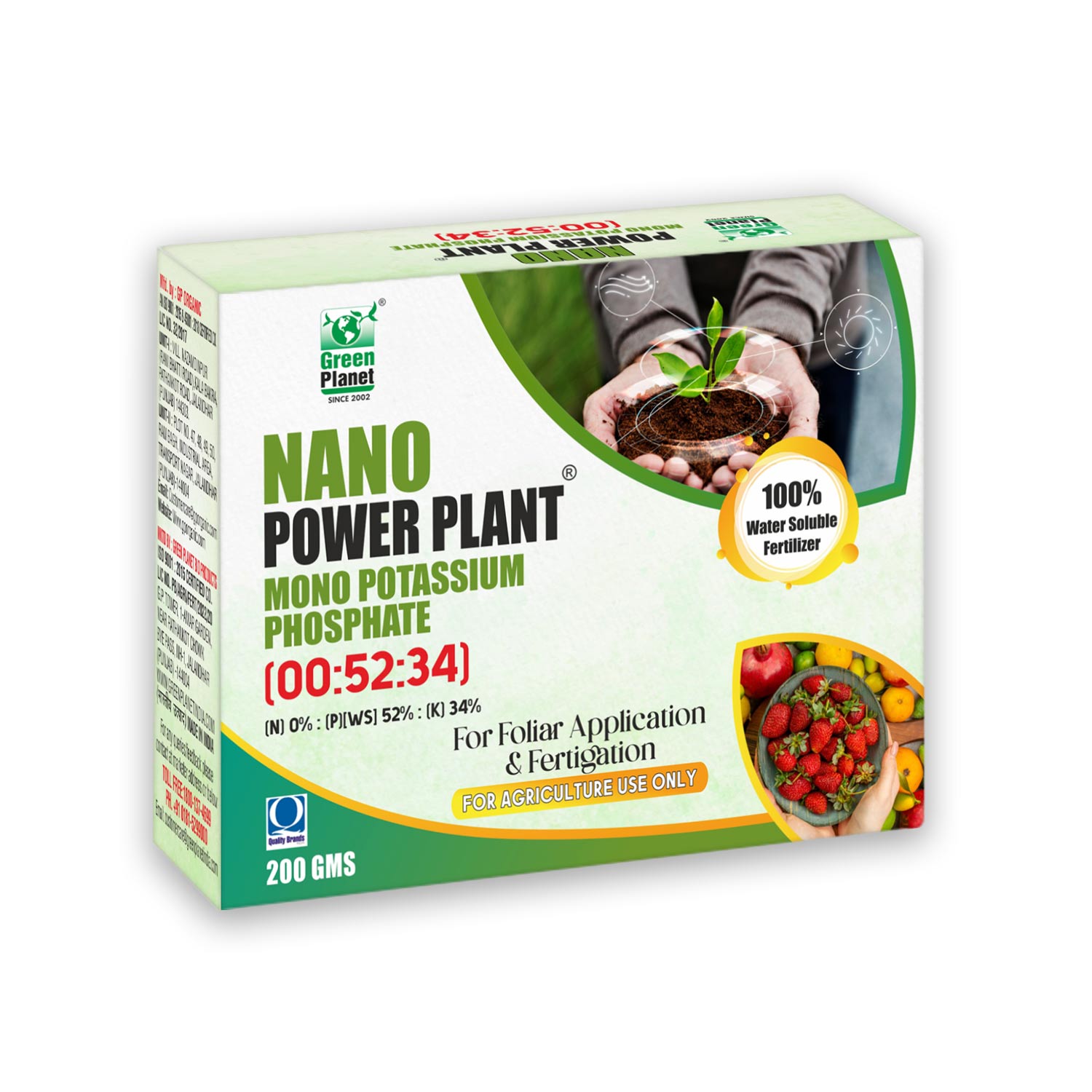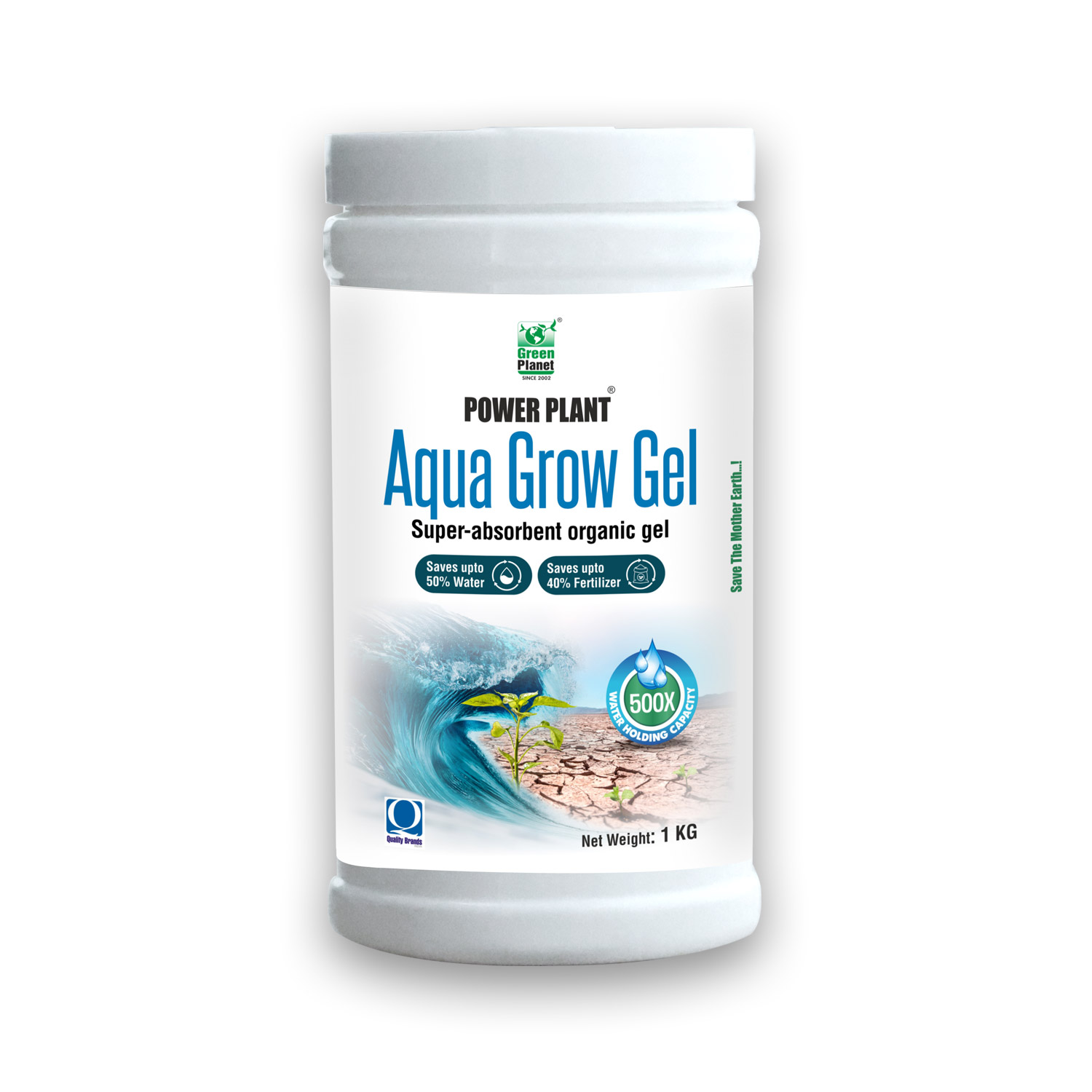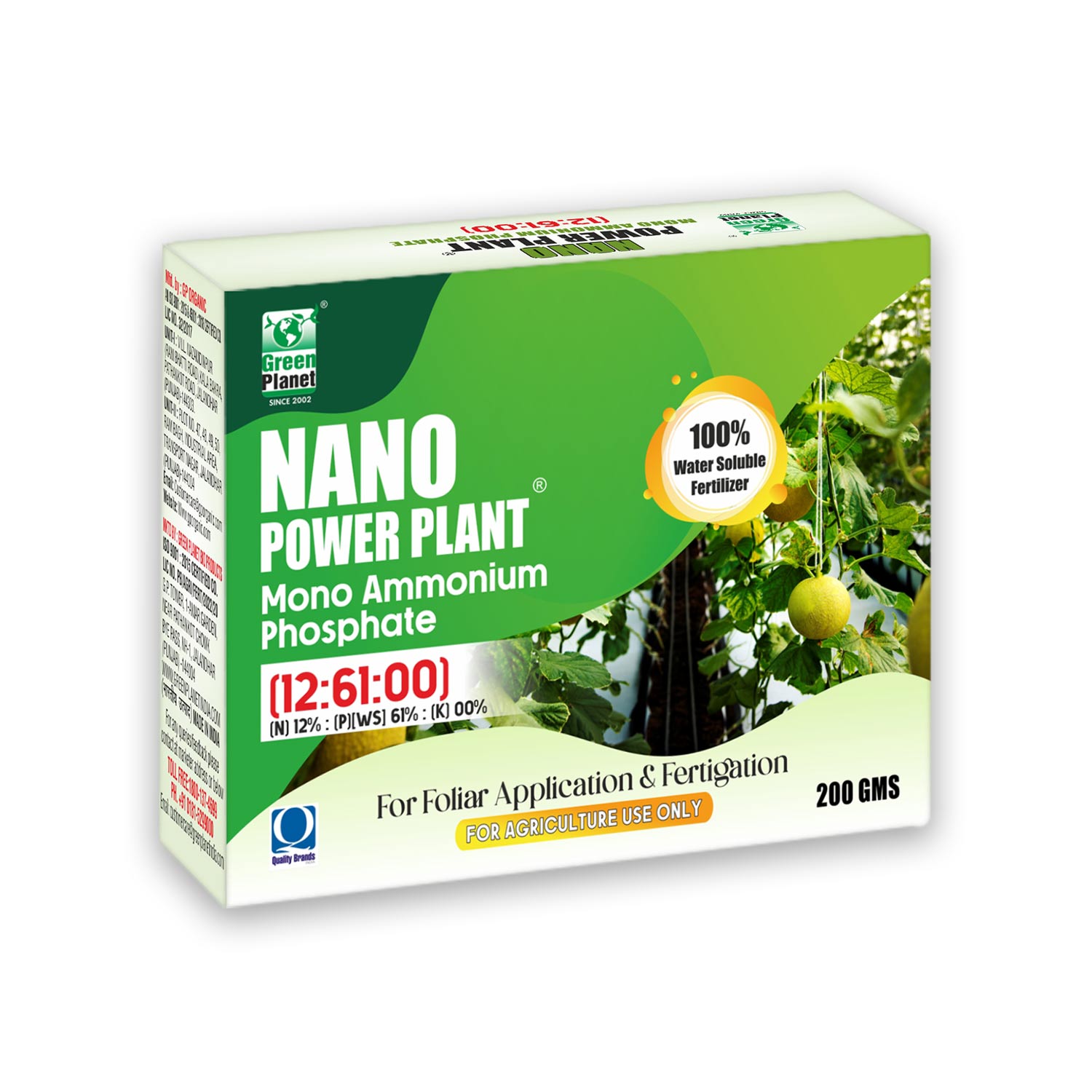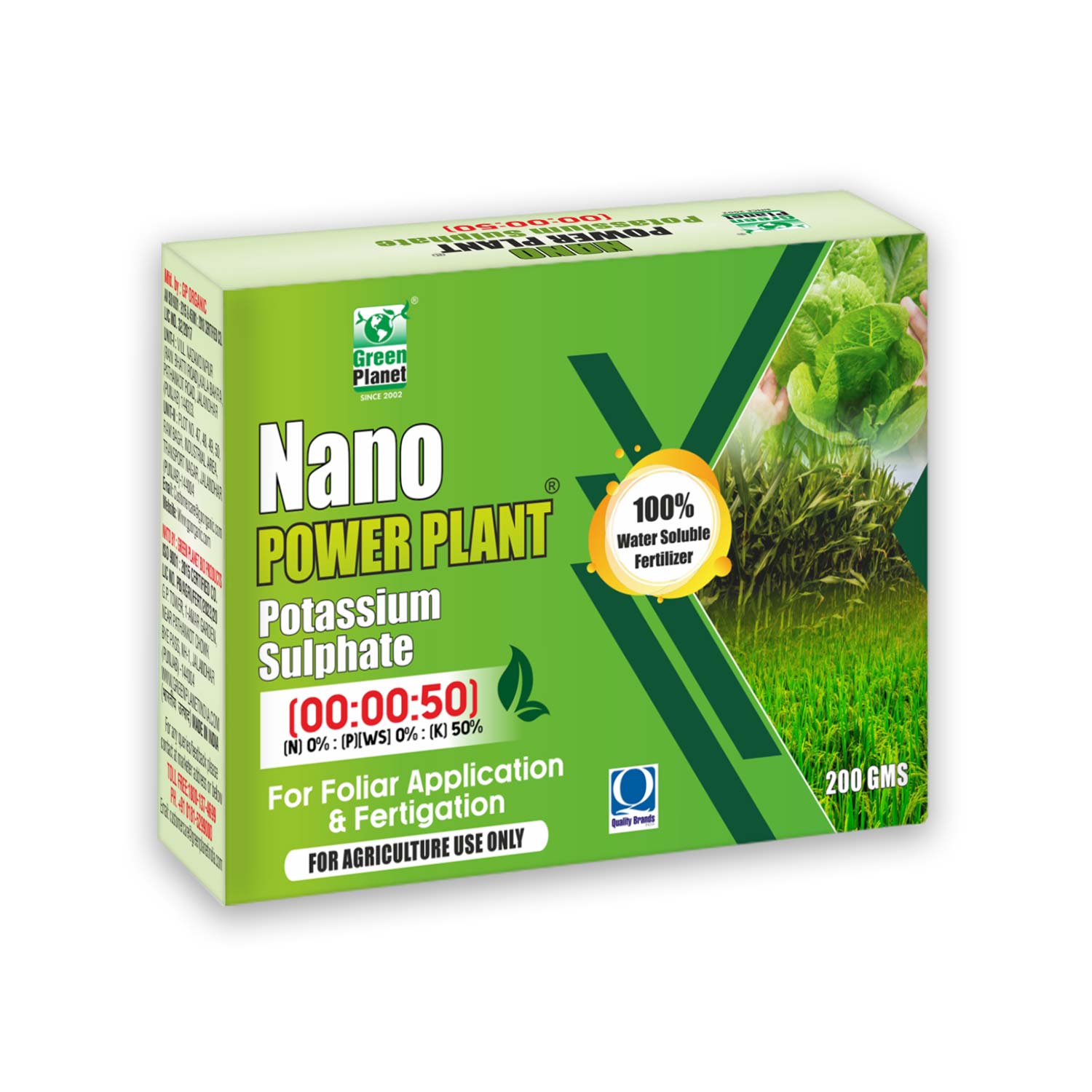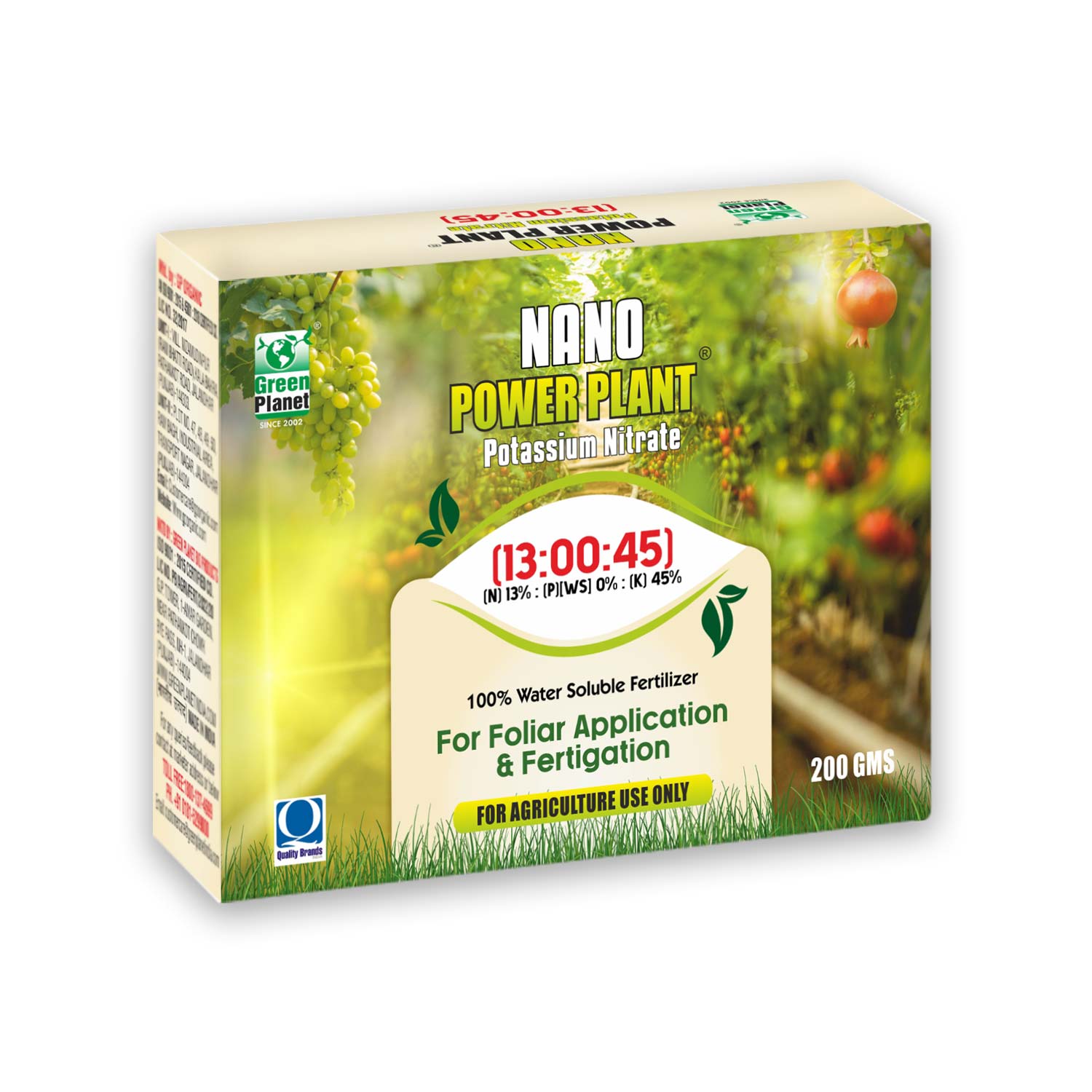Mycorrhiza is a fungus-green plant symbiotic relationship. Photosynthesis produces organic molecules like sugars, which the plant gives to the fungus, and the fungus gives the plant water and mineral nutrients like phosphorus, which it gets from the soil.
When mycorrhizal spores come into touch with plant roots, they germinate and develop filaments (hyphae), which form a symbiotic association that improves the plant's ability to absorb fixed nutrients and water.
Mycorrhizal fungi boost nutrient intake by releasing potent enzymes into the soil that breakdown hard-to-capture nutrients such organic nitrogen, phosphorus, iron, and other "tightly bonded" soil nutrients, as well as increasing the surface absorbing area of the roots.
Plants are encouraged to absorb more nutrients and water from the soil via mycorrhizae. They also boost a plant's ability to withstand a variety of negative environmental conditions. In addition, Mycorrhizae play a crucial role in the formation of soil structure and stimulate beneficial microbial activity.
BENEFITS:-
- Increase the capacity of the soil to store water and nutrients.
- Porosity and permeability of the soil should be increased.
- Boost microbial activity and nutrient cycling by improving the soil microenvironment.
- When seeding or transplanting, increase root establishment and survival.
- Improve the plant's mineral absorption capacities, and gain access to a variety of additional nutrient sources that you can share with colonised plants.
- Increase the ability of plants to resist soil diseases, viruses, drought, salt stress, and pests, among other things.
- Improve the health of the plant's root system.
Mycorrhiza is a fungus-green plant symbiotic relationship. Photosynthesis produces organic molecules like sugars, which the plant gives to the fungus, and the fungus gives the plant water and mineral nutrients like phosphorus, which it gets from the soil.
Read More


